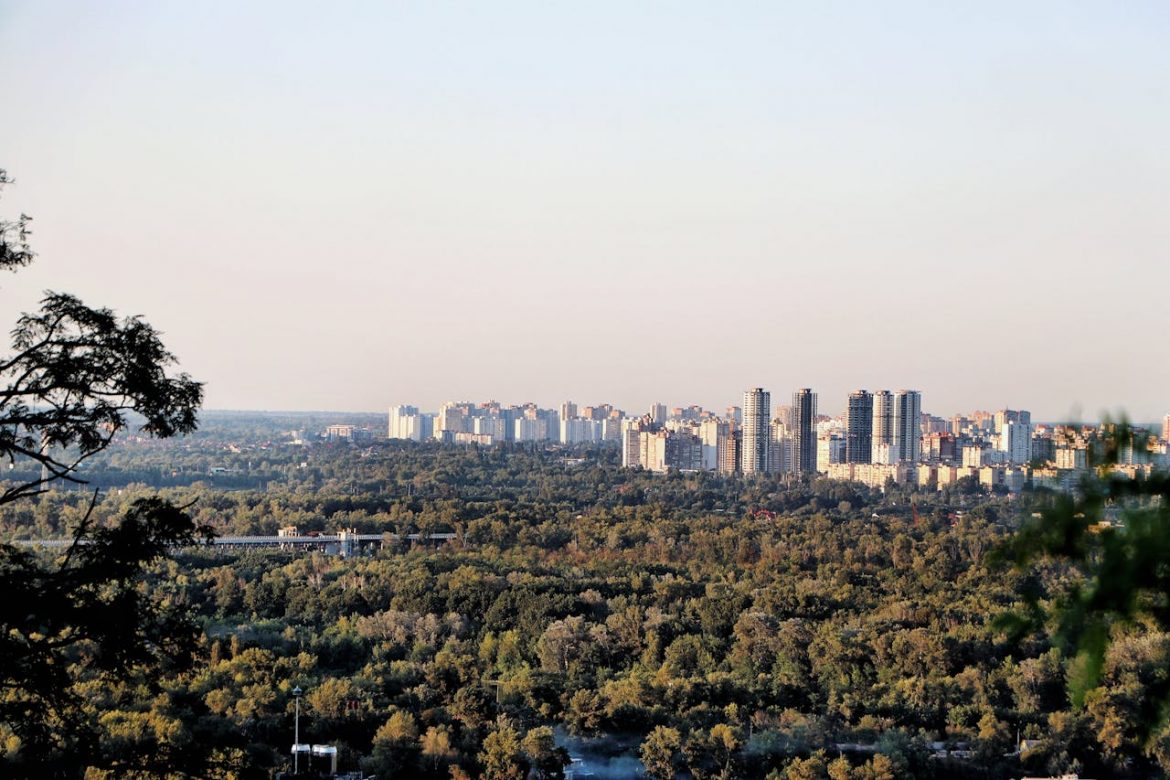In the heart of bustling cities, urban green spaces stand as vital oases, offering a breath of fresh air amid the concrete landscapes. These areas, ranging from parks and gardens to riverbanks and green roofs, not only enhance the aesthetic appeal of urban environments but also play a crucial role in improving the quality of life for city dwellers. This article delves into the significance of urban green spaces, their environmental and social benefits, and the strategies for their preservation and expansion.
The Importance of Urban Green Spaces
Urban green spaces are essential components of city planning and development. They provide a natural counterbalance to the built environment, offering a sanctuary for people and wildlife alike. These areas are not just recreational spots but are integral to the ecological and social fabric of urban areas.
Environmental Benefits
- Biodiversity: Green spaces serve as habitats for various plant and animal species, enhancing urban biodiversity.
- Air Quality: Plants in green spaces absorb pollutants and produce oxygen, contributing to cleaner air.
- Climate Regulation: Vegetation can help moderate urban temperatures, mitigating the heat island effect common in cities.
- Water Management: Green spaces facilitate water absorption, reducing the risk of flooding and alleviating pressure on drainage systems.
Social and Health Benefits
- Recreational Areas: Parks and gardens offer residents spaces for physical activities, relaxation, and social interaction.
- Mental Health: Studies have shown that access to green spaces can reduce stress, improve mood, and enhance overall mental well-being.
- Community Engagement: Green spaces often become focal points for community activities, fostering a sense of belonging and civic pride.
Challenges Facing Urban Green Spaces
Despite their importance, urban green spaces often face threats from rapid urbanization, limited funding, and environmental degradation. Balancing development with the preservation of green areas is a significant challenge for many cities. Encroachment by construction, pollution, and inadequate maintenance can all degrade these vital spaces.
Strategies for Preserving and Expanding Urban Green Spaces
Integrating Green Spaces into Urban Planning
Cities must prioritize the integration of green spaces into urban planning. This includes setting aside land for parks and gardens in new developments and retrofitting existing urban areas with green infrastructure like green roofs and walls.
Community Involvement
Engaging the community in the creation and maintenance of green spaces can ensure their sustainability and relevance. Community gardens and volunteer-driven green initiatives can empower residents to take an active role in their urban environment.
Innovative Design
Innovative design solutions can maximize the utility and appeal of green spaces in cities. This can include multi-use green spaces that accommodate recreational, educational, and social functions, and the use of vertical greenery systems in densely built areas.
Policy and Funding
Strong policies and adequate funding are crucial for the development and maintenance of urban green spaces. This can involve public-private partnerships, grants for green projects, and incentives for incorporating greenery into private developments.
The Future of Urban Green Spaces
As cities continue to grow, the role of green spaces will become increasingly important. The future may see more innovative approaches to integrating nature into urban environments, such as smart parks equipped with sustainable technologies and green corridors linking different parts of the city. The resilience of cities to environmental challenges like climate change will also be enhanced through the expansion of urban greenery.
Conclusion
Urban green spaces are essential for the sustainability, health, and livability of cities. They provide crucial environmental benefits, enhance urban aesthetics, and offer spaces for recreation and relaxation. Facing the challenges of urbanization requires innovative planning, community engagement, and strong policies to ensure that these green oases not only survive but thrive. As cities evolve, the integration of nature into urban environments will be key to creating more resilient and enjoyable living spaces for all city dwellers. In embracing green spaces, cities can transform the concrete jungle into a harmonious blend of nature and urbanity, ensuring a healthier, happier future for generations to come.
